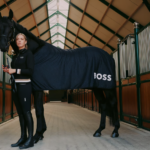If you’re starting your own business, one of the first things you need (besides a fantastic product or service) is a memorable brand logo. There are many types of logos to consider, but ideally, the one you use should represent your brand in its best light.
A logo reflects a brand’s identity – from business offerings to the organisation’s vision, mission, and voice. Besides that, a well-designed logo will speak directly to its target market, positioning itself as a prime choice.
When deciding on a logo for your business, there are eight different types of logos to seek inspiration from. Depending on the nature of your business and how you want to convey your brand, these types of logos and examples will help you decide.
What Are The 8 Types of Logos?
1. Wordmark
A wordmark is one of the simplest types of logos, as it is the name of your business. However, with a wordmark logo, a huge defining factor to differentiate your brand is the font used.
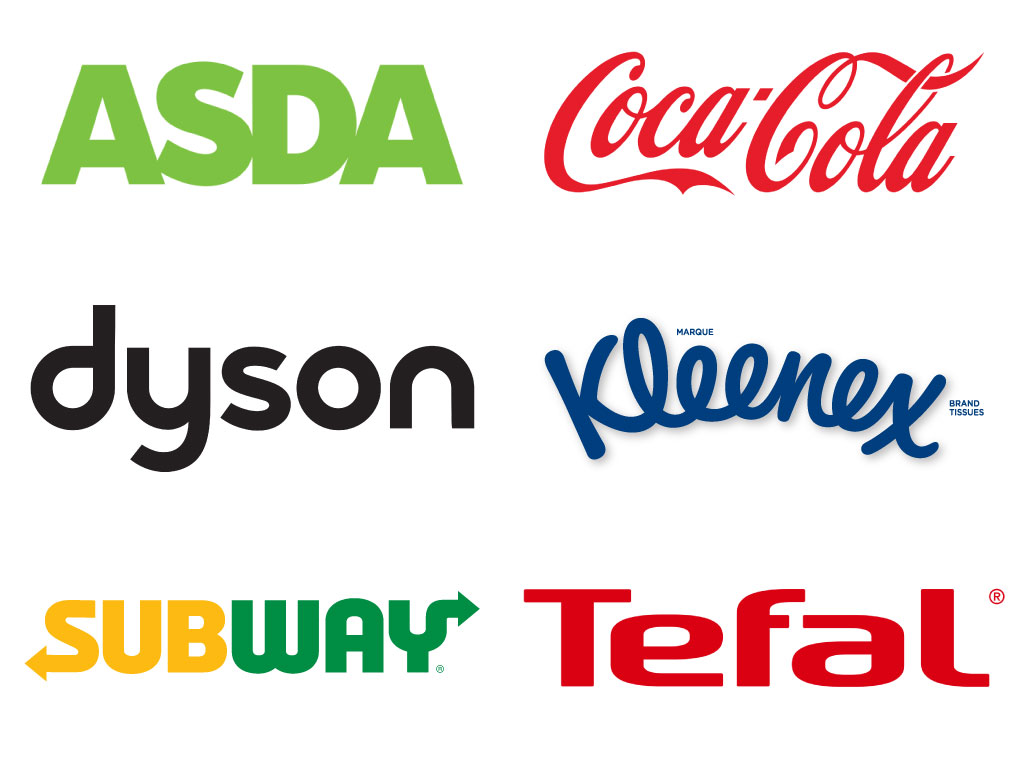
To create an ideal wordmark, experiment with different types of font, letter, and space customisations. Besides standard font types, you can design a custom typeface for your brand, like Vogue Brazil’s Vogue Brasil Sans and Serif font.
Wordmark logo examples: Asda, Coca-Cola, Dyson, Kleenex, Subway, and Tefal.
2. Lettermark
A lettermark is a one-letter logo that comprises a brand’s initials, like NASA, CNN, and McDonald’s signature ‘M’.
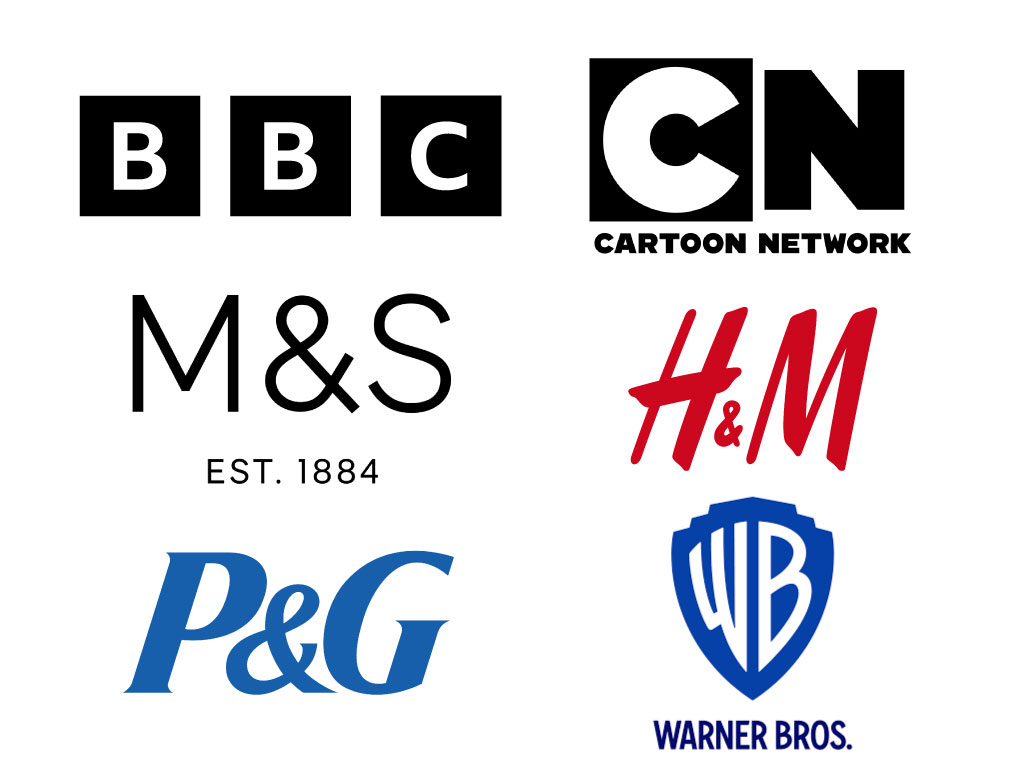
Brands with longer-than-usual or complicated names will benefit from a lettermark logo as they are shorter and easier to remember. Not only that, but it also minimises the length of its design, which will help consumers remember you better.
Lettermark logo examples: BBC, Cartoon Network, Marks & Spencer, H&M, Procter & Gamble, and Warner Bros.
3. Monogram
Monogram logos are similar to lettermark logos, except for their pattern of design. A monogram logo’s initials intertwine with one another and can be read horizontally or vertically, whereas a lettermark is read horizontally only.
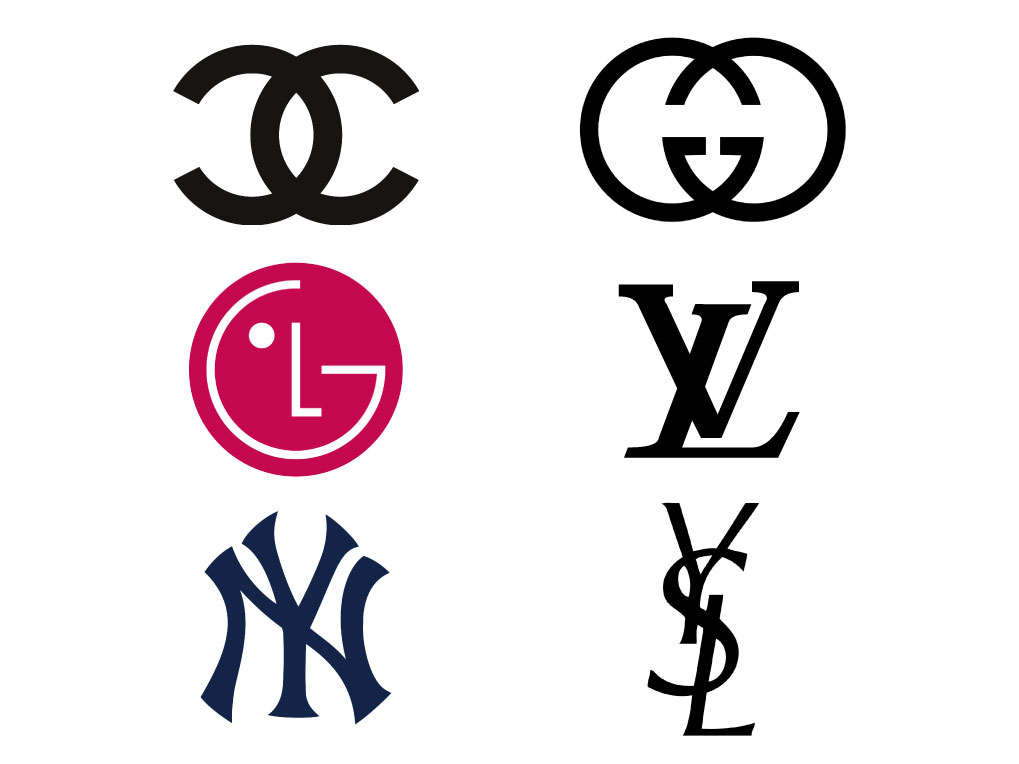
These types of logos are usually designed with stylistic fonts that exude elegance. Nonetheless, before opting for a monogram or lettermark logo, ensure the initials don’t spell anything inappropriate.
Monogram logo examples: Chanel, Gucci, LG, Louis Vuitton, New York Yankees, and Yves Saint Laurent.
4. Pictorial
Pictorial logos are a fun alternative to present a brand’s identity, often with an object resembling its origins or name. Also known as a logo symbol or icon, a pictorial is instantly recognisable and easy to name.
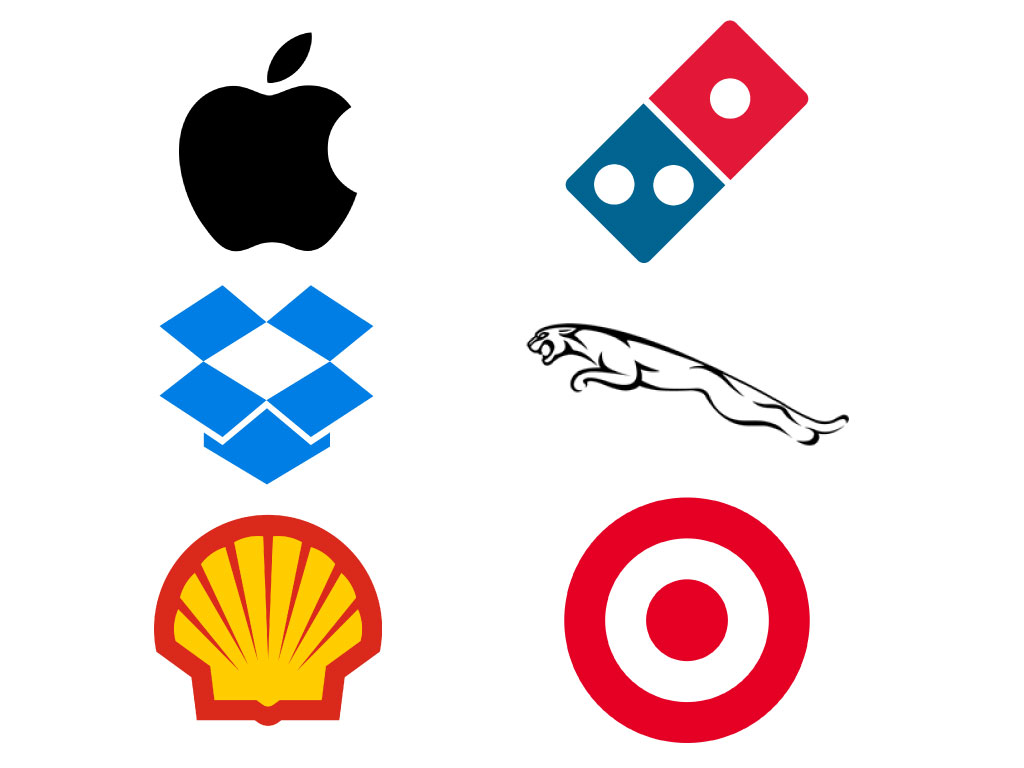
Pictorial logos can be relatively easy to create but require personalisation to bring your brand to life. For instance, Domino’s logo is inspired by domino tiles, with the dots representing the brand’s first few pizza chains.
Pictorial logo examples: Apple, Domino’s, Dropbox, Jaguar, Target, and Shell.
5. Abstract
Unlike a pictorial, an abstract logo is not based on an existing object but is simply abstract. This means even the most unthought-of design can become a unique symbol, like Nike’s signature swoosh and adidas’ iconic three stripes.
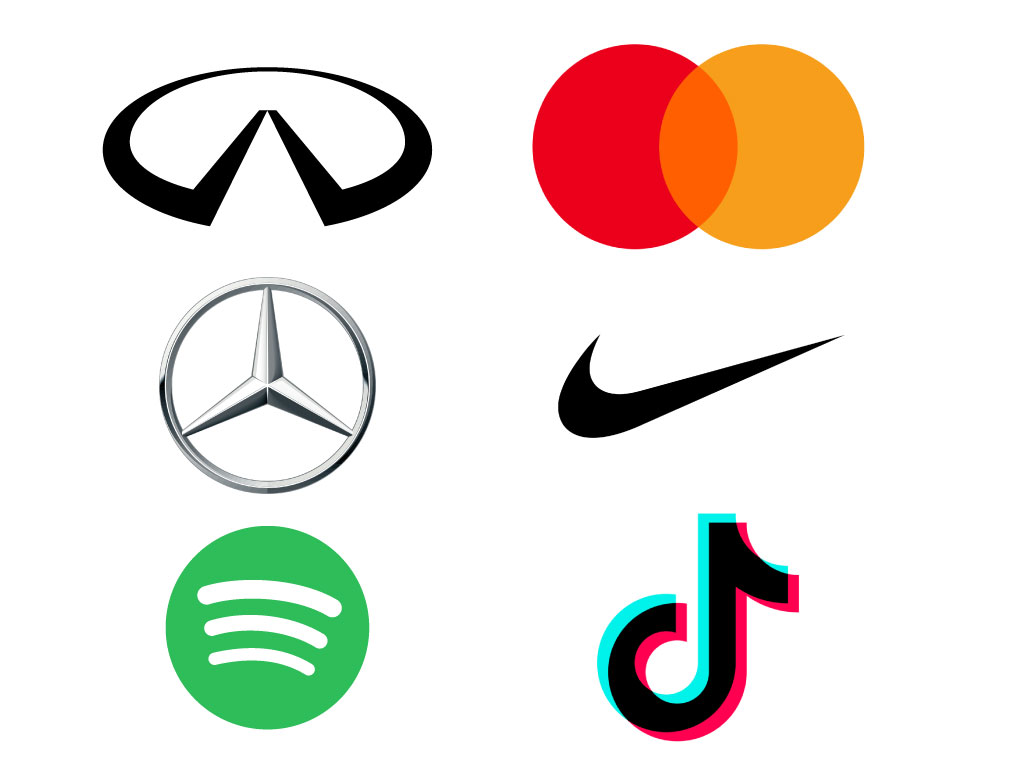
Additionally, an abstract logo should convey the brand’s story and goal so it doesn’t serve a meaningless purpose. It can follow the brand’s name too and once it gains recognition, can stand alone is instantly recognisable.
Abstract logo examples: INFINITI, Mastercard, Mercedes-Benz, Nike, Spotify, and TikTok.
6. Emblem
An emblem logo is typically crest-, patch-, or circle-shaped. Although a more traditional logo type, emblems can evolve over time, like the University of Oxford’s logo that eventually adopted a sleeker look.
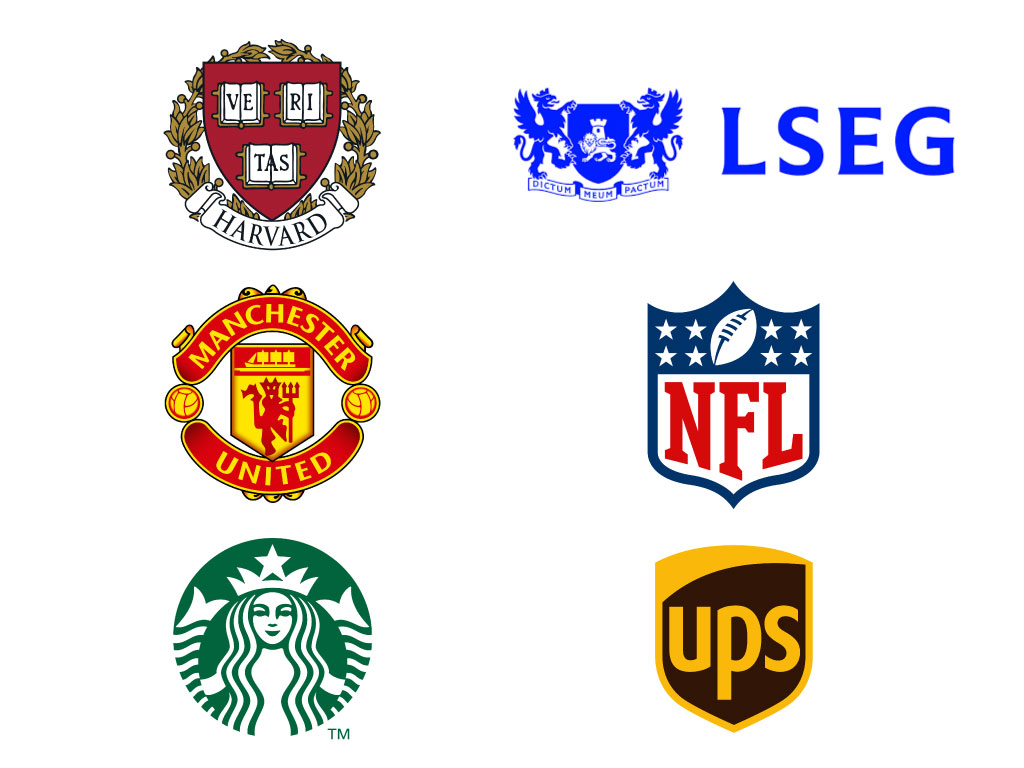
Besides its shape, an emblem logo includes the brand’s wordmark, pictorial, and sometimes a motto. Emblems often feature intricate designs hence, details may get lost when scaled down, so use them wisely.
Emblem logo examples: Harvard, London Stock Exchange Group, Manchester United, NFL, Starbucks, and UPS.
7. Mascot
Not every company features their mascot front and centre, but they definitely create a memorable brand impression. From Wendy’s iconic redhead pigtails to MailChimp’s cute chimp, mascots are a lively way to attract attention and engagement.
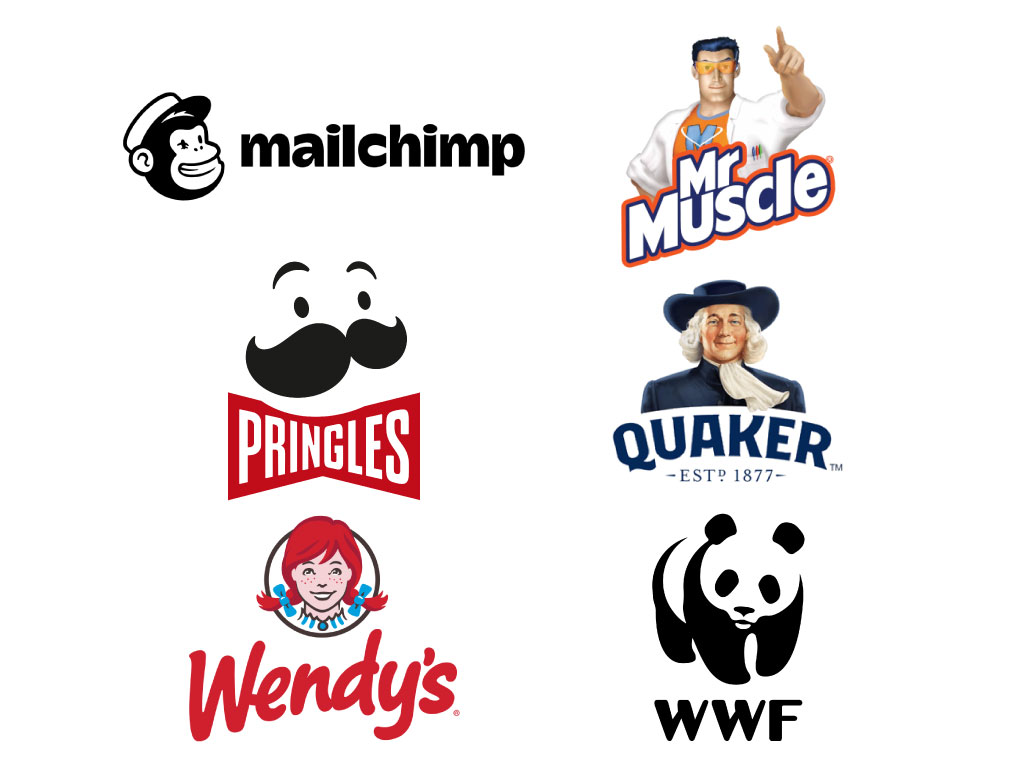
Moreover, mascot logos are brand ambassadors who do a great job of appealing to their target audience. Family-friendly establishments such as theme parks and shopping malls often use mascots to portray a friendly, playful image – and it definitely helps with marketing campaigns.
Mascot logo examples: MailChimp, Mr Muscle, Pringles, Quaker Oats, Wendy’s, and WWF.
8. Combination
A combination logo combines two or more elements, like a mascot and a wordmark, or an emblem and lettermark. For new businesses, a combination logo empowers brand identity and values more clearly to drive greater impact.
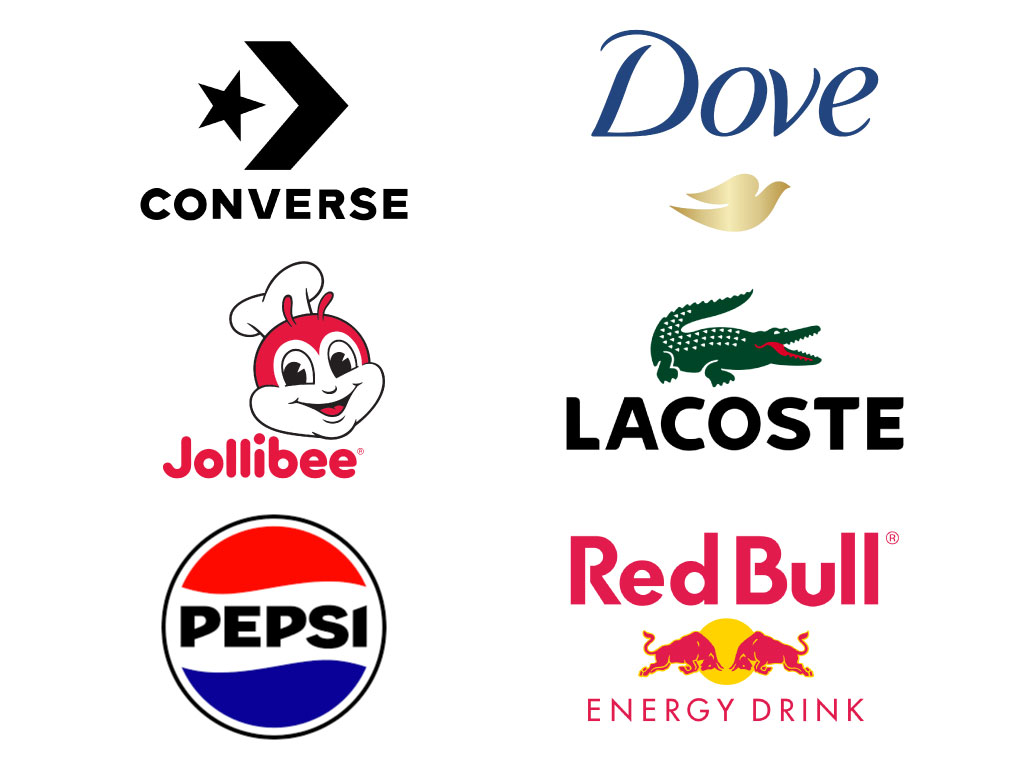
Besides that, a combination logo is flexible and versatile as it can be swapped according to the occasion. One example is Airbnb, whose mobile app icon features its abstract shape, while on other mediums is accompanied with its name.
Combination logo examples: Converse, Dove, Jolibee, Lacoste, Pepsi, and Red Bull.
Besides these eight types of logos, other different types of brand logos to consider are 3D and animated ones. Animated logos are particularly exciting when featured in videos, as they are interactive and mesh well with moving visuals.
How to Choose a Logo For Your Business
As a guideline, your logo should be clear enough to be visible on all types and sizes of mediums. These include letterheads, app and homepage icons, brochures, billboards, posters, and more.
Additionally, colour and font choice can impact your brand outlook and consumer perception. Going into the digital era, long-time brands have begun adopting modern, minimalist logos, opting for simplicity, memorability, and digital compatibility.
Before you settle for a logo, come up with several samples to identify which suits your business best. Exploring diverse types of logos can spark a new brand idea, and if you need to tweak it – which even the biggest brands have done – don’t stray too far from your existing design to retain your identity.

